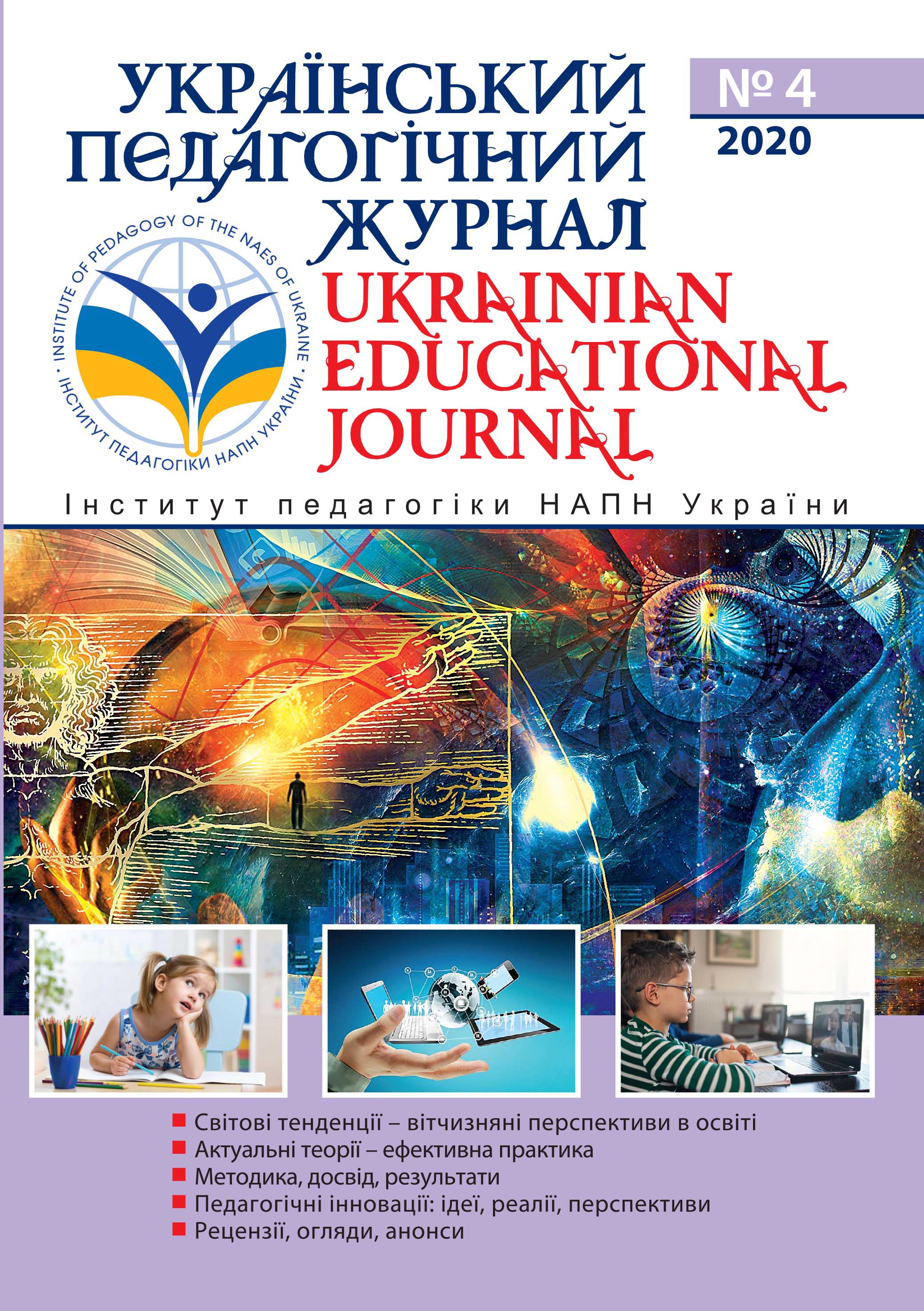Анотація
Висвітлено попередні результати дослідження стану розвитку дітей у групах раннього віку в закладах дошкільної освіти, здійсненого на етапі констатувального експерименту. На основі теоретичного аналізу досліджуваної проблеми, практики організації освітнього процесу в групах раннього віку обґрунтовано необхідність застосування полікритеріального підходу. Розроблено критеріально-діагностичний апарат та методичний інструментарій дослідження стану розвитку дітей раннього віку в умовах закладів дошкільної освіти: вивчення організації освітнього середовища, перевірки готовності вихователів груп раннього віку упроваджувати особистісно орієнтований підхід до організації життєдіяльності дітей, дослідження рівнів розвиненості й навченості дітей 3-го року життя в таких аспектах: руховий, художньо-естетичний, комунікативно-мовленнєвий і соціальний розвиток. Представлено попередній аналіз даних, кількісні і якісні результати проведеного дослідження

Ця робота ліцензується відповідно до Creative Commons Attribution 4.0 International License.

